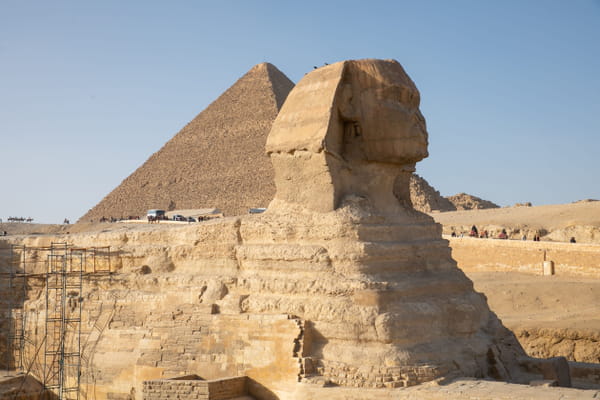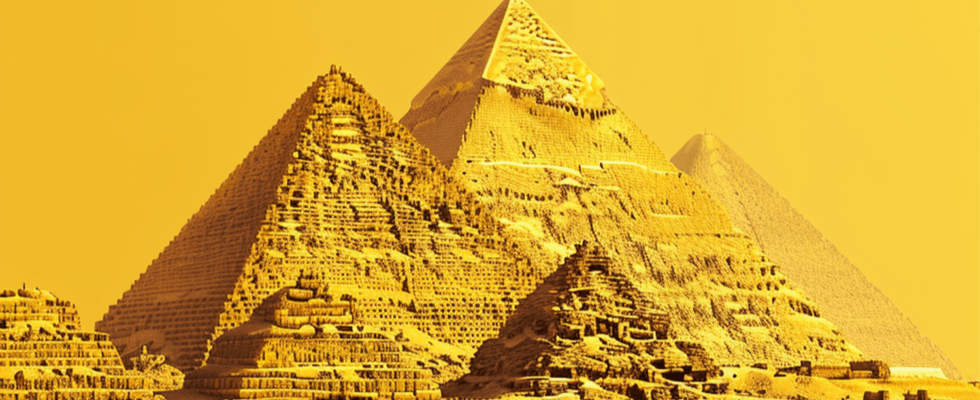The pyramids of Giza gradually reveal the secrets of their construction.
They are the only ones of the seven wonders of the world that have survived to this day. The Cheops, Chephren and Mykerinos pyramids adorn the Giza plateau in Egypt, not far from Cairo. Their construction represented a monumental work which would be very difficult to reproduce today. And every time we approach it, this question comes up: how did the Egyptians manage at the time to succeed in such a titanic project?
The pyramids of Giza were built around 4,500 years ago and served as tombs to accompany the pharaohs on their journey to the afterlife. It was the pharaoh Khufu who had the first and highest built: 147 meters with more than two million blocks of stone. His son Khafre then orchestrated the construction of the second pyramid by adding the Sphinx. Finally, the pharaoh Mykerinos also wanted his pyramid, but it was erected much smaller.
If a great mystery still remains today around the construction of the pyramids, some answers have already been provided. The Egyptian Ministry of Antiquities believes that the Egyptians had a system allowing them to transport the blocks up a very steep slope. The Franco-English mission of Hatnoub (French Institute of Oriental Archeology and University of Liverpool) made the discovery in 2018 of a ramp which had a slope of 20% over three meters wide, as testified by Yannis Gourdon one of the researchers nearby Figaro. “It is flanked by two staircases and there is a system of holes in the ground at regular intervals which allow trunks to be fixed there,” he described. If this discovery did not take place on the site of the pyramids, it is very likely that such ramps were used for the pyramids. The stone blocks were probably brought to such mechanisms using sleds and were hoisted with ropes.

Another interesting discovery about the pyramids concerns their method of financing. As reported National Geographic, the pyramids were financed by the world’s first taxes. The first tax system appeared in -3000 under the reign of Pharaoh Narmer. It was notably used to finance such titanic projects. The first Egyptian leaders traveled the country to assess the assets of their subjects such as oil, ceramics, livestock or even crops, then demanded a certain amount based on these assets.
This process was done annually and was called Shemsu Hor, or “Suite of Horus”, the god of the sky. This tax system then evolved under the New Kingdom (1539-1075 BC). Residents were taxed on what they earned before they even received their income. To do this, the governments used a nilometer, a device which calculates the water level of the Nile during its annual flood. Taxes were lower if the water level was too low because this predicted drought and therefore poor harvests, but the opposite also applied. A system already stronger in anticipation at the time than our withholding tax…
